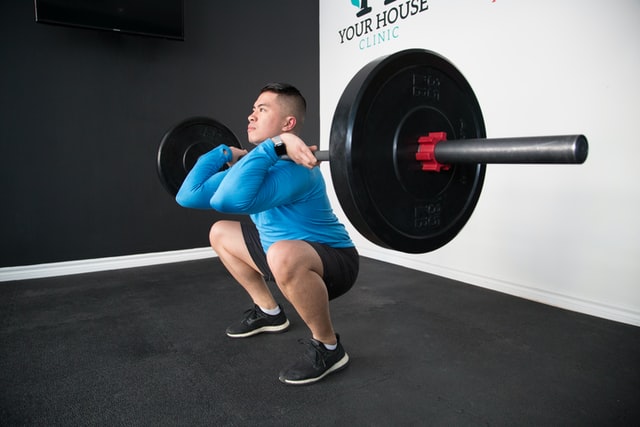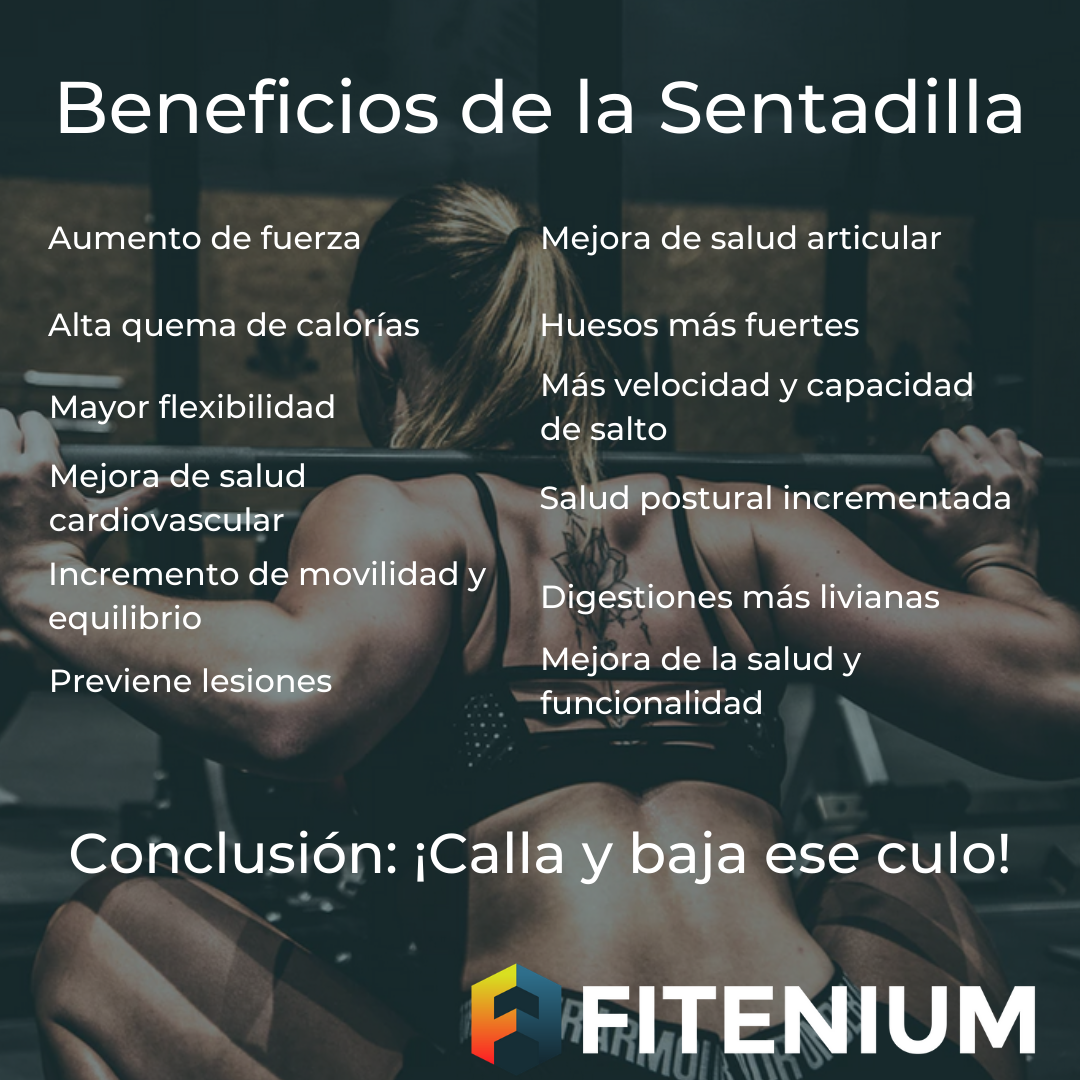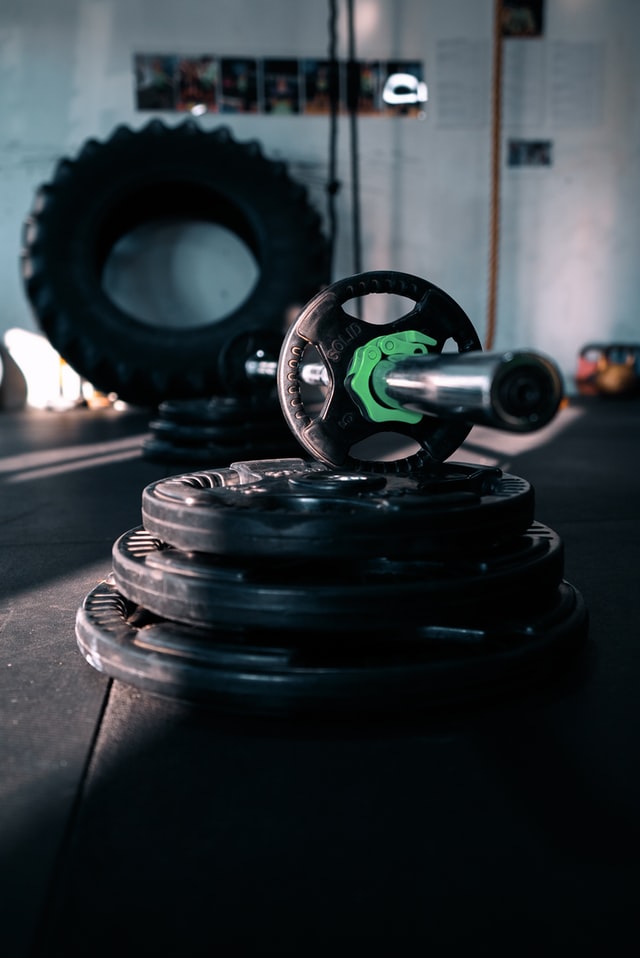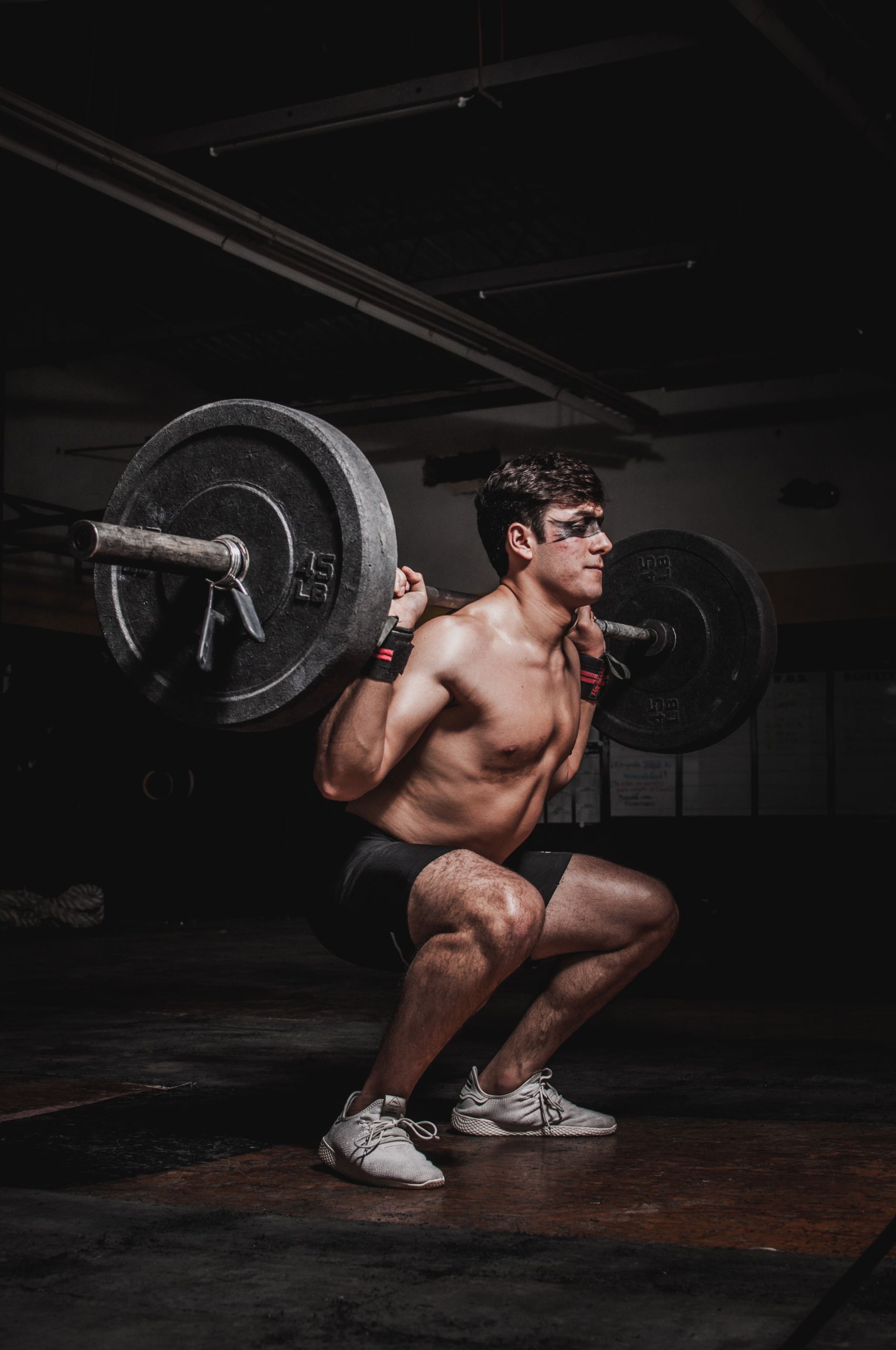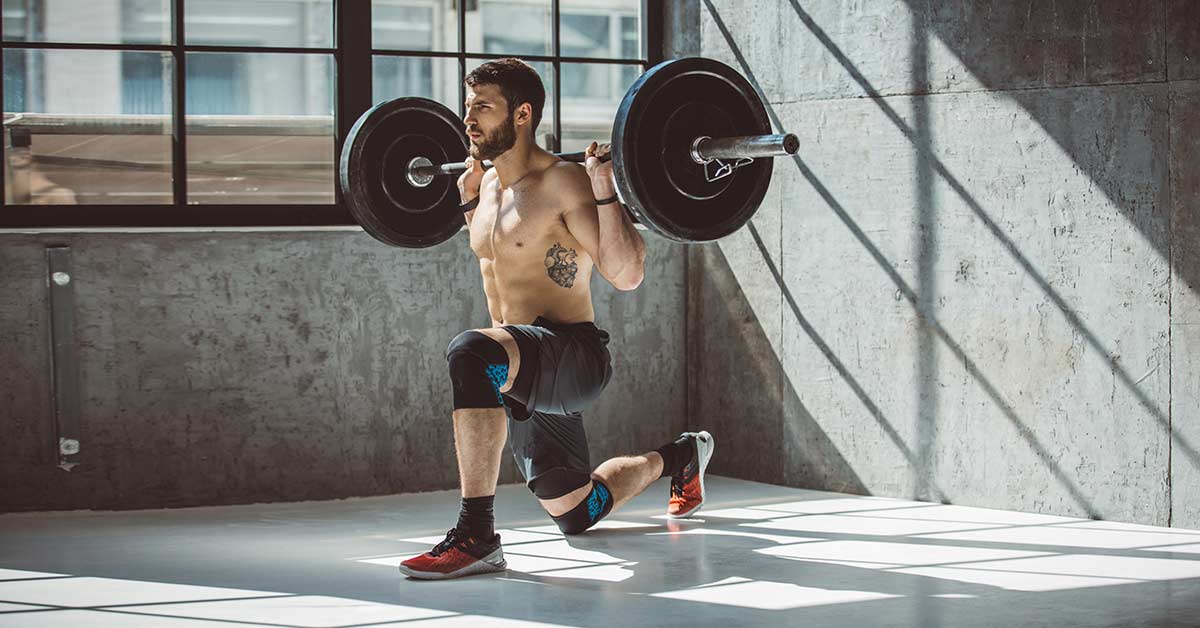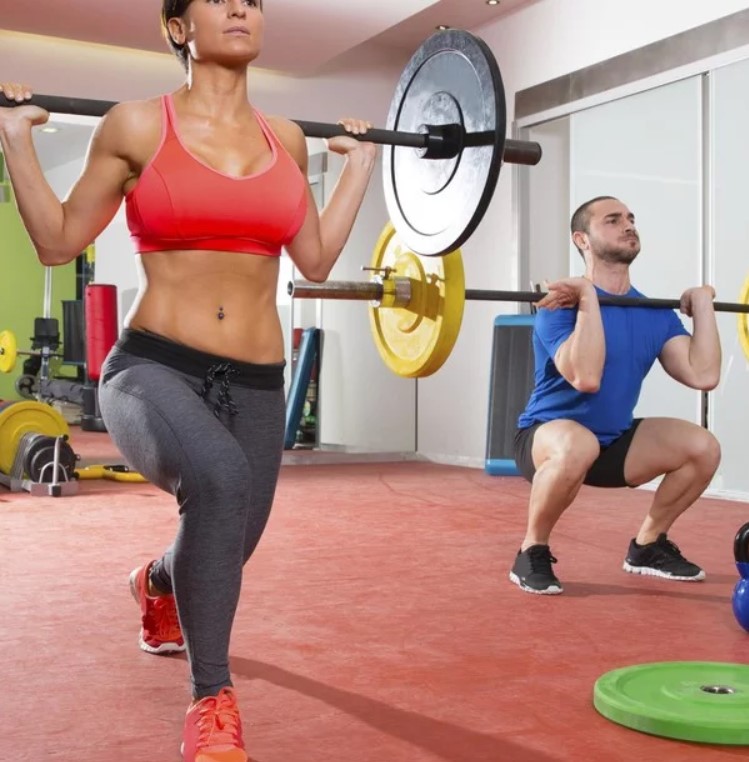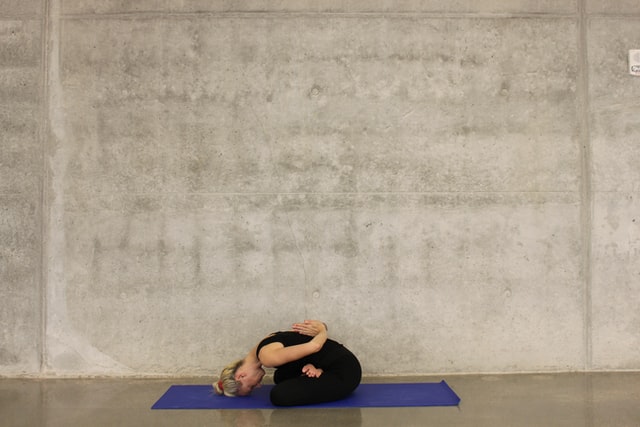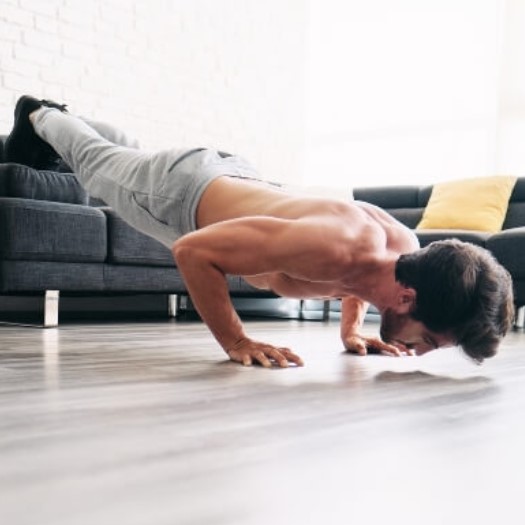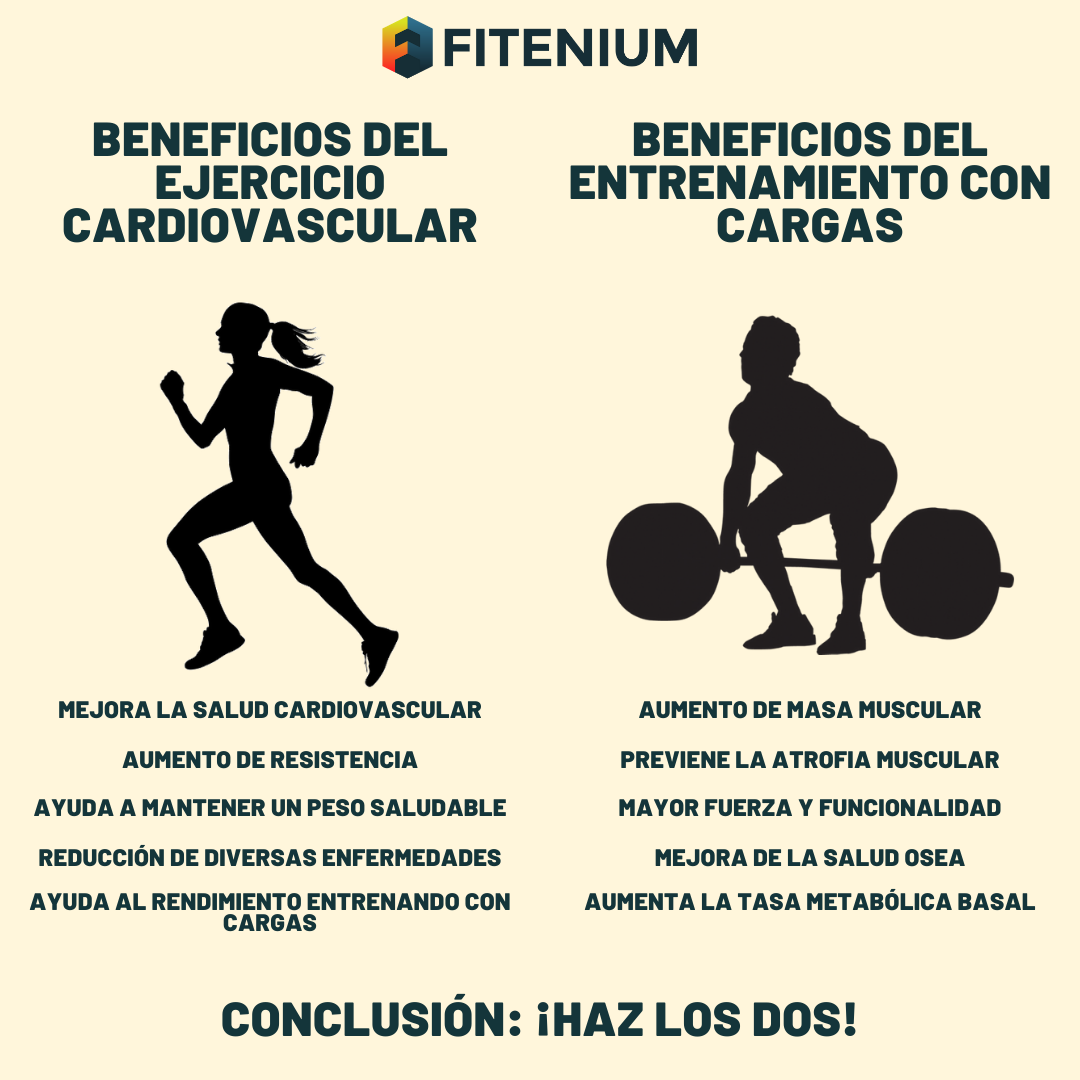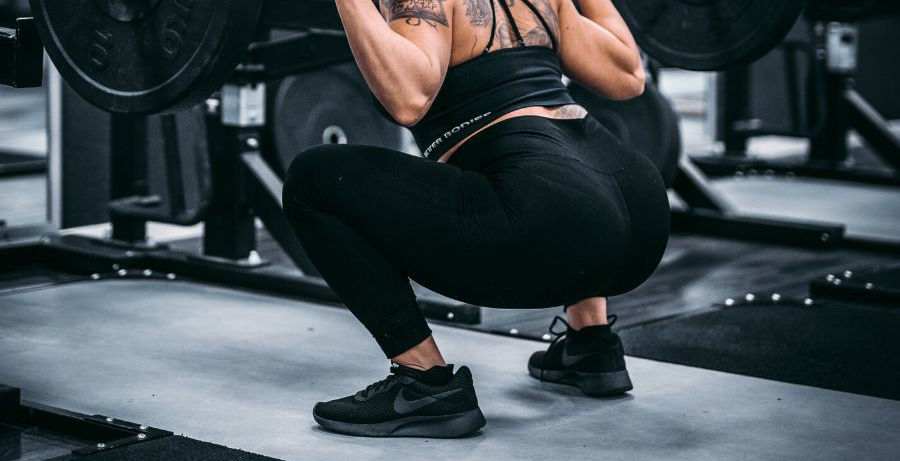If you don’t already know Fitenium is a free, mobile, video-based social network for athletes who train strength or bodyweight exercises. At Fitenium users can follow their performance, compete and get discounts in nutrition and sports equipment stores. Download it here.
Speaking of routines that deductively share the same purpose, muscle hypertrophy, but the truth is that the specific purpose, personal needs or other types of factors such as the combination of weight training with other sports disciplines must be considered. Then, depending on whether you choose the right routine for the body or the core, you will have certain benefits.
When setting goals, first find out what each of the routines we suspect is based on, the main differences between them, and what benefits each routine offers us, depending on what you are looking for. Therefore, today we analyze the torso and the entire leg. When and how to apply each one.
Basic concepts of the full body routine
What it does: A full body workout exercises all muscle groups in every workout. That works on both the torso and the legs. In this type of routine, multi-joint movements are always used. These involve various joints and all synergistic muscle work.
For example, when we move our chest, the triceps and shoulders work at the same time. Another example is the squat, where we are constantly moving more muscles at the same time.
Frequency and rest: When we talk about full body or fullbody, we are talking about a routine in which each muscle group is trained three times a week. When performing a full body routine, it is recommended that you rest one day between workouts to ensure optimal recovery of your muscles and central nervous system (CNS).
Review an example of a classic full body routine.
Bases of a torso-leg routine
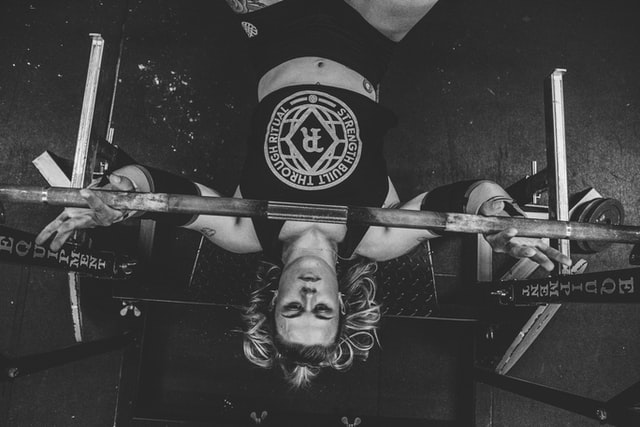
What it does: As its name suggests, the Upper Leg workout trains the upper body and legs separately each session. The most notable difference with the total body routine is that, as we have seen, this session does not train all muscle groups in the same workout.
Frequency and rest: In this case, use the rest space once the torso-leg cycle has finished. You can still rest your torso on Monday, Tuesday legs and Wednesday (the cycle has already been completed) In this routine, working in separate groups in each session does not mean synergies You can train in sessions so you don’t have to rest after each training day.
The core routine is moderate, with each muscle group working twice a week. Remember that with the fullbody routine you work your entire body three times a week. This means a training frequency of 3, compared to the frequency of 2 for Torso-Leg training.
Training pattern: two weekly sessions are carried out for the torso and two for the lower body. One of those sessions is for heavier work and another for lighter work.
On hard training days, increase the load to make it more intense, but on light session days, drop the weight (maintain a constant load), but increase the work by increasing the repetition.

